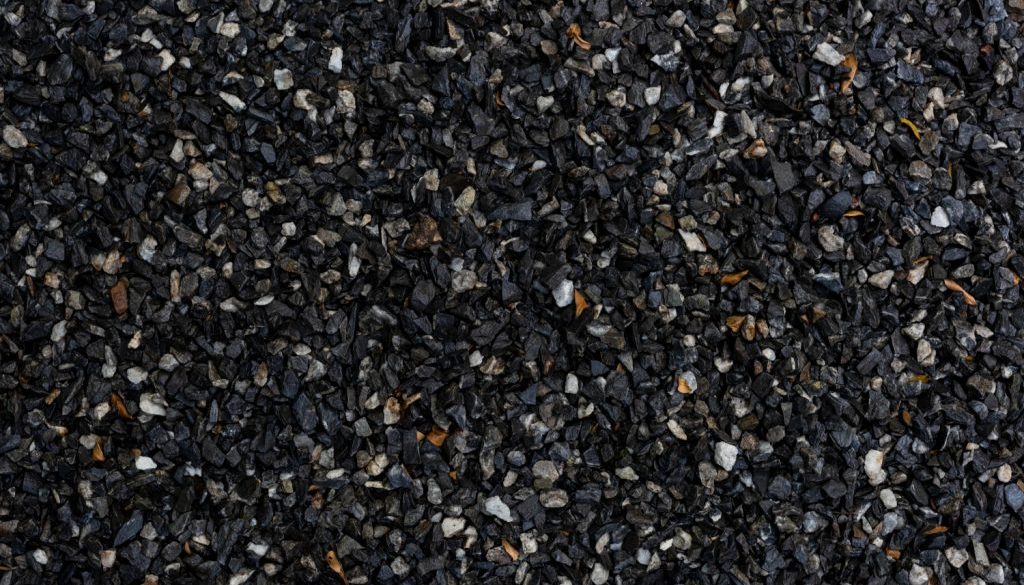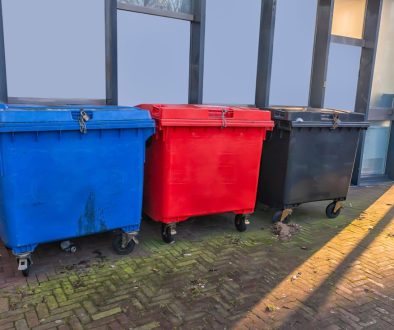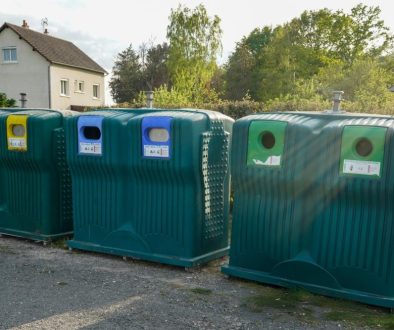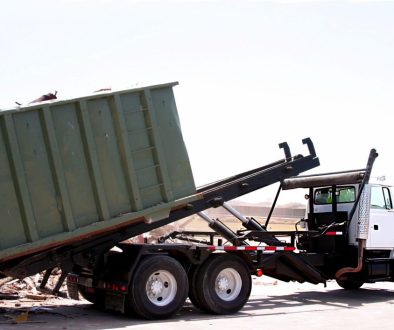Eco-friendly aggregates are changing the way we think about construction and landscaping. These sustainable materials, which are now more important than ever, play a vital role in reducing environmental impact. By choosing eco-friendly options, we not only preserve natural resources but also help foster more sustainable building practices.
Traditional aggregates often cause significant environmental disruption due to extraction processes. However, eco-friendly aggregates offer a solution that prioritises both construction needs and environmental health. They are crafted from recycled materials or sourced through methods that minimise ecological damage.
As we continue to seek out ways to reduce our carbon footprint, the significance of eco-friendly aggregates becomes increasingly clear. Their use extends beyond environmental benefits, touching upon economic and social aspects as well. Adopting these materials in our building projects enables us to support a greener future while contributing to vibrant and thriving communities.
Understanding Eco-Friendly Aggregates
Eco-friendly aggregates are sustainable materials used in construction and landscaping that minimise environmental impact. Unlike traditional aggregates, which are often sourced through extensive quarrying, eco-friendly aggregates are derived from recycled materials or sustainable sources. This approach reduces the depletion of natural resources and lessens ecological disruption.
These aggregates differ from traditional ones in several ways. First, their production involves recycling materials such as concrete, glass, or asphalt, which would otherwise end up as waste. By reprocessing these materials, eco-friendly aggregates help divert waste from landfills and support the recycling sector. Additionally, when sourced from natural deposits, eco-friendly options are extracted using methods that focus on reducing energy consumption and land disturbance.
The environmental friendliness of these aggregates stems from the processes and materials involved. Recycled aggregates reduce the need for new resources, thus preserving natural habitats. Production often involves lower energy inputs, which helps decrease carbon emissions. Using local materials further cuts down on transport-related emissions. Moreover, the durability and performance of eco-friendly aggregates match or even surpass that of traditional materials, offering a reliable alternative for various applications while being kind to the planet.
Environmental Benefits of Eco-Friendly Aggregates
Eco-friendly aggregates present numerous environmental advantages that make them a preferable choice in modern construction.
1. Reduced Carbon Footprint: The use of recycled materials significantly lowers carbon emissions compared to traditional aggregates. Processes for producing eco-friendly aggregates typically require less energy, further contributing to emission reduction.
2. Resource Conservation: These aggregates help conserve natural resources by reusing existing materials. This reduces the demand for new extraction and helps maintain ecosystems and biodiversity.
3. Waste Reduction: By recycling construction debris and waste, eco-friendly aggregates prevent useful materials from ending up as rubbish. This reduces landfill burden and supports a circular economy.
4. Energy Efficiency: Production methods often involve less energy-intensive processes, which contribute to overall energy savings.
When used in construction, eco-friendly aggregates support sustainable building practices. They offer a viable path towards green construction goals by enhancing building efficiency and promoting resource efficiency. Their use signifies a commitment to environmental stewardship, aligning with global efforts to create a more sustainable future. Choosing eco-friendly aggregates ensures that each project contributes positively to the environment, paving the way for a more responsible and eco-conscious industry.
Economic and Social Impacts
Eco-friendly aggregates provide significant economic benefits. Builders utilise these materials to lower overall project costs due to the availability and reduced transportation expenses of local recycled aggregates. These savings come from the decreased need for new raw materials and the efficiency of using existing supplies. Furthermore, by fostering recycling industries and facilities, more employment opportunities arise, contributing to local economies.
The social impacts are equally important. Eco-friendly aggregates play an essential role in community development by leading construction towards sustainability. As projects become more environmentally friendly, they promote healthier living spaces, which enhances the quality of life for residents. Moreover, by supporting sustainable methods, communities set an example of responsible progress, encouraging similar practices elsewhere.
Using these materials also aids in community planning initiatives designed to counteract climate change. As aggregates contribute less to pollution and energy consumption, they help urban areas grow more sustainably. This encourages a sense of community pride and responsibility for long-term environmental health.
How to Choose and Use Eco-Friendly Aggregates
Selecting the right eco-friendly aggregates begins with understanding project requirements. First, assess the materials needed—whether for landscaping, concrete, or another purpose. Identify suppliers who focus on sustainability, and prioritise local sources to reduce transport emissions. Look for certifications or eco-labels indicating that aggregates have been sourced responsibly.
When using aggregates, consider the properties required, such as strength and durability. Ensure the selected materials are appropriate for the environmental conditions they will face, like freeze-thaw cycles or heavy loads. It’s important to integrate these materials with other sustainable practices, such as using permeable paving to enhance drainage and reduce water runoff.
For landscaping projects, choose aggregates that blend naturally with the environment, promoting biodiversity. In construction, properly mix them with other materials to maintain structural integrity while maximising their environmental benefits. By following these practical steps, projects can efficiently incorporate eco-friendly aggregates to achieve sustainable and effective results.
Conclusion
Eco-friendly aggregates are reshaping the construction and landscaping industries by introducing sustainable practices that benefit the environment, economy, and society. From conserving natural resources to fostering community development, these aggregates support a holistic approach to building a sustainable future. Their use not only ensures the durability and safety of structures but also reflects a commitment to responsible environmental stewardship.
As awareness and demand for sustainable practices grow, the role of eco-friendly aggregates will continue to expand, underscoring the importance of integrating these materials into construction strategies. By doing so, businesses and communities can work together to create a cleaner, healthier planet for current and future generations.
Choose Enviro Skip Hire to support your projects with sustainable solutions. Our extensive range of eco-friendly 6f2 aggregates and expertise in waste management will help you achieve your sustainability goals. Visit our site today to discover how we can assist you in building a greener future.




